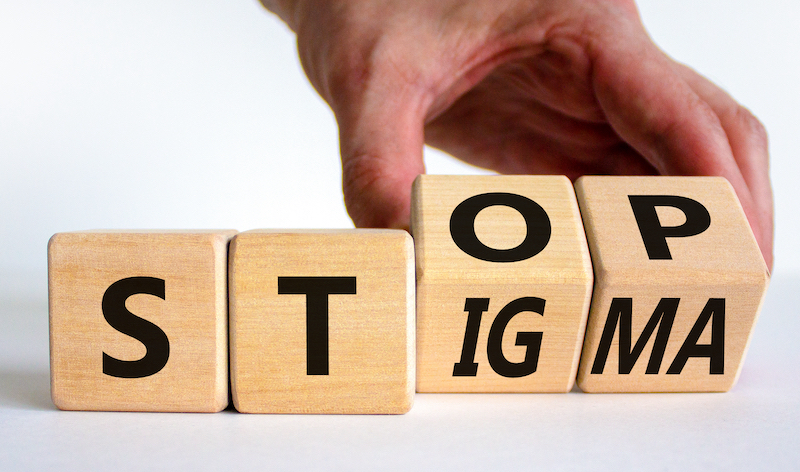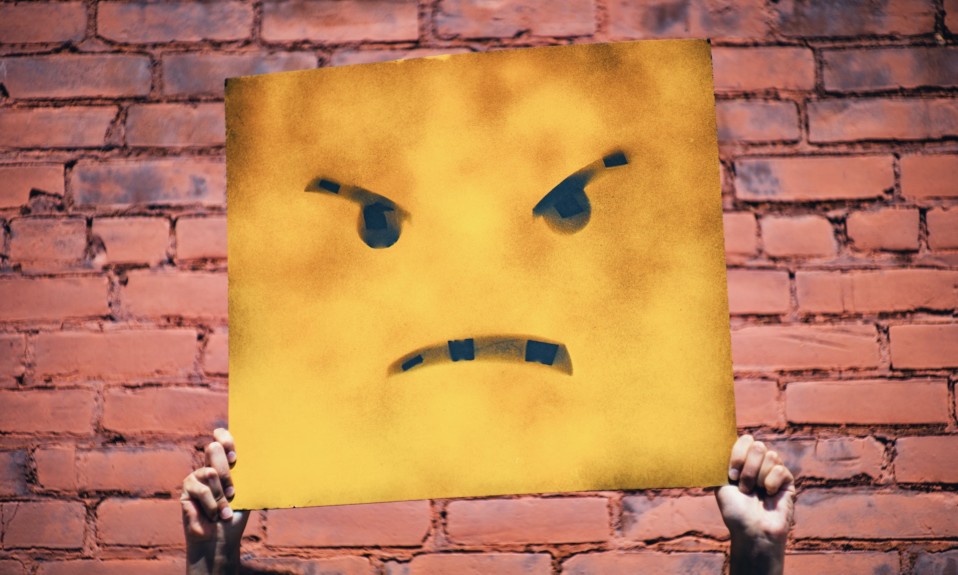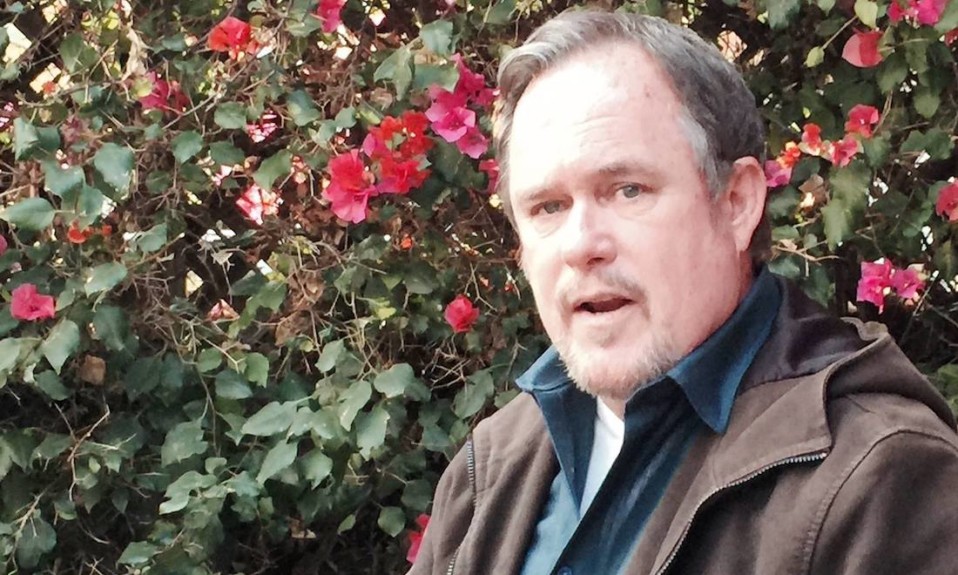The chief digital and marketing officer for American Addiction Centers is innovating the ways in which the treatment field reaches patients
By Jason Langendorf
Over the course of a decade, Stephen Ebbett climbed the professional ranks at Assurant—a top global insurance provider—advancing from head of channel and product development to global head of direct distribution and finally chief digital officer, making the move from the U.K. to Atlanta along the way. Leading the company’s digital strategy and execution on all fronts was an enormous responsibility—one for which Ebbett was well-recognized.
Yet when he was asked in 2018 to join American Addiction Centers (AAC) as chief digital and marketing officer, Ebbett was won over by a new challenge and a sense of purpose that he felt couldn’t be ignored. “I found myself in a position where I was very motivated by the good in the work that can be done in this industry,” says Ebbett.
“I was very touched and motivated by the mission that the industry and AAC has,” he continues. “Like most of us, I have family and friends who have suffered from substance use disorders and co-occurring mental health conditions. I just saw it as a great opportunity to transfer some of my skills into this industry and hopefully, in doing so, help a lot of people, help a lot of patients and families, and help provide more healing and a better tomorrow for those struggling with the disease.
In his four years with AAC, Ebbett has played an integral role in the organization’s restructuring, digital transformation and repositioning from a predominantly nationally focused to a more regionally focused provider, among other key initiatives. TreatmentMagazine.com recently spoke to talk to Ebbett about the power of storytelling, the differences between marketing in addiction care and other industries, and what the future holds for the field.
Q. What are some of the specific issues in addiction marketing that set it apart from other businesses?
A. There’s a stigma around addiction that there isn’t, obviously, in other industries. It’s a stigma, I think, that the industry is working hard to break so that there is more openness and less reluctance talking about both substance use and mental health issues. I see that improving even in the four years that I’ve worked here. I think we’d all like to see it improve quicker. It’s an interesting industry because there’s a very high proliferation of providers in the industry. There are some very large providers in the industry, all the way down to boutique providers with a smaller number of available patient capacities. There’s not three or four really dominant providers who occupy 30, 40, 50% of the market, which you would see in a lot of other industries. Even the top players make up only 1 to 3% of the total marketplace. And so it’s a very, very fragmented industry—very different from a lot of other industries.

Q. Do you see that as an advantage or a challenge?
A. I think some of the trade bodies have done really good work pushing for regulation of the industry and setting industry standards for addiction treatment providers. I think it’s happening. But when you have a very large industry with a lot of fragmentation, with a lot of membership, it’s a lot of width to manage. Over time, we’ll see more consolidation in the industry, but I think it’ll take time for that consolidation to happen.
Q. You have talked about a new, local focus to AAC’s marketing strategy. How do you go about that repositioning? What are their platforms or technologies that you find effective?
A. If you look back five, 10 years ago, there was a heavier proliferation of out-of-network providers. We’re transitioning to a heavier proliferation of in-network providers—and AAC has gone through that transition, to where we’re now 90%-plus in-network. Five, six years ago, it would have been more of an even split.
For me, as a marketer, it always starts with the consumer, and how a consumer is looking for services locally. We know that search engines are the start for a significant amount of patient inquiries. One study found that 50% of people under 35 indicated that they searched online to find treatment facilities and 60% of respondents under 45 said they wouldn’t choose a treatment provider if they were unable to find online reviews about that provider. What we’ve strived to do is to be a go-to source locally and nationally for comprehensive, trusted, objective information that helps individuals and families make informed decisions in the pursuit of recovery.
Q. Do you also tailor your strategies and messages to specific markets?
A. We definitely will look at the radius around our facilities, that kind of 100- to 150-mile radius. It’s a really big focus for us to be well known in our various communities and to ensure that, from a Google perspective, we’re easily found within those local searches. Some of those searches may be branded searches, where someone is searching specifically for one of our facilities. Let’s use an example of Greenhouse Treatment Center. The searcher may know someone who went there or they heard about it through a social worker or a private therapist, and they wanted to do their own research on the facility to make an informed choice.
“Storytelling is really important. Social media allows us to tell stories in a way that has enormous potential reach.”
—Stephen Ebbett
There are also a lot of unbranded searches where people are looking for “an alcohol rehab near me.” For those non-branded searches, Google has different display systems. Google Business Profiles are very well used by consumers because they can take a look on the map to see where that facility is in relation to them, and they contain a lot of information about the facility. It’s almost like a little mini website for the facility, where you can read neutral, third-party reviews, look at photos and find different pieces of information to help you make that decision.
Q. What forms does your digital marketing take? Do you also still participate in traditional marketing, like billboards and newspapers?
A. There’s less advertising in our strategy than there is local grassroots marketing. We want to be a pillar of our communities. We want to participate in local events, whether they be recovery-related or community events. Less and less are we doing traditional marketing – billboards, magazines – because consumers have changed their behaviors. The efficacy of those channels is far reduced from what it used to be, going back 10, 15 years. Consumers live a very digital life. The average person is on their phone two to two and a half hours a day, outside of any professional use. As marketers we need to pivot and think about search engines, think about social media, think about mobile / email marketing.
“If you look at the calls that come into our admissions center, interestingly, roughly 50% are not from the patient themselves.”
One of AAC’s offerings is an alumni app. We know that connection is critical for recovery, because it provides patients with the support and motivation they need for sustained, long-term recovery. The app provides a digital virtual community, a resource that provides inspiration for people in their recovery journey, digitally celebrating their milestones and their successes. We have 4,500 users on our digital alumni app, and it’s always warming to go on there and read the support, the community and people really celebrating each other and being there for each other in tougher, darker days.
Q. You’ve talked in the past about the power of storytelling. How has AAC integrated this tool into its messaging?
A. We want to resonate with and try to meet individuals where they are. Everyone has a unique story. We also know that there are aspects of another person’s story that may resonate with you. One of the things we’ve done, which we’re really proud of, is that we launched our own talk show called Addiction Talk. It brings the stories of everyday people and more recognized people to the public. We’ve had Olympic diver Greg Louganis, NBA legend Lamar Odom, Rumer Willis—who is Bruce Willis’ daughter. When they each tell their story, it’s amazing to see the comments and the outreach we get. Joy Sutton, who hosts the show, does an amazing job of allowing people to feel comfortable and tell their story to inspire others and to destigmatize. Because when you hear other people telling their story, it’s really powerful. Addiction is not an individual disease. It’s a disease, quite often, that’s called a family disease because it affects everyone in the family unit. And there’s something in the show for everyone.
So, I think storytelling is really important. Social media allows us to tell stories in a way that has enormous potential reach. Some of these go incredibly viral, with an enormous amount of views, because they organically touch someone who shares it with someone else who shares it. When we think about the show, we try to find guests who have different stories and who come from different backgrounds so that the show has the ability to touch different people.
Q. Drug companies are very tightly regulated in what they’re allowed to say or claim about their products. Is that the case with addiction treatment? Is there independent oversight? Does AAC devote staff to watching over this?
A. We have a pretty rigorous legal and compliance review system that makes sure we stand behind and govern the messages that go out. It’s important what we communicate and how we communicate it. I would say there’s less institutional, industry-wide standards, and that’s an opportunity for the industry to improve. At AAC, we take that responsibility very seriously.
Q. Is your marketing exclusively patient-oriented or do you also market to primary care physicians and other providers with the goal of generating referrals?
A. We have a team that is out in communities throughout the country building relationships with either healthcare professionals or other professionals who need support with patients who need a different level of care. That might be the emergency room. That might be a union. It might be an employee assistance program, where they need to find care for a potential employee.
“We want to make sure that patients and families understand the benefits they have, because health insurance can be very complicated.”
From a digital marketing perspective, we’re almost exclusively focused on direct-to-consumer, which would be patients but also loved ones and family members. If you look at the calls that come into our admissions center, interestingly, roughly 50% are not from the patient themselves. It could be a brother, a friend, a husband or a wife. And they’re concerned about their loved one and they’re trying to navigate the process of how to help this person. “I’m very worried about my husband’s drinking behavior.” “How do I navigate that conversation with them?” “How do I approach that with them?” And that can be a very, very difficult thing for someone to do.
Q. That seems like a separate competency, right? You’ve got the clinical setting, but even as a marketer, in this case, you’re almost acting as a consultant or intermediary. Do you have specialists that handle those calls?
A. We have treatment navigators who go through extensive training on the disease of addiction and most have a personal connection to our mission. They also help to navigate some of the practical sides of things, like how to interpret your insurance policy. We want to make sure that patients and families understand the benefits they have, because health insurance can be very complicated. And then we have nurses and licensed clinicians inside our admissions center who handle some of the more complex medical cases and higher-acuity mental health factors that need more assessment.
Q. What do you envision for the field over the next five to 10 years? Any innovation, particularly with regard to marketing, that you see on the horizon?
A. As a marketer, you need to move with how consumers are absorbing information and digital media. There’s a huge, huge trend toward mobile. If you look at the consumption of digital browsing now, it’s moved dramatically from laptops and desktops to mobile phones. So I think that will continue to proliferate, and we need to meet the customers where they are in terms of making our websites responsive and easy to use. Consumers expect the same level of digital excellence from us as they get from Uber or their online banking. We need to be incredibly proficient as healthcare providers, because their standards are set by the best apps in digital media that they’re consuming. They’re fairly unforgiving about a poor experience – that bar is much higher.

That’s the challenge for all of us in the industry, right? Because we’re healthcare providers, we’re not typically digital experts. So, we need to become much more digitally proficient. You can see the proliferation of new media as well: A couple of years ago, TikTok was something none of us had ever heard of. Now it’s the most used search engine in the world. So we’ve launched our own TikTok account, where we have medical staff speaking about different topics and. providing education to this new audience.
I also think, from a digital perspective, there’s going to be a large transition to virtual care. That’s something I’m excited about because I think it breaks down some of those physical barriers and opens up more access to care. I hope the payers also respond to the need for virtual care. Because we lead incredibly busy lives, particularly in that outpatient setting, I think there’s a really strong support system that can be provided digitally. How do we deliver effective outpatient groups, effective counseling, effective therapeutic methodologies in a virtual environment? I think COVID has helped to accelerate that, and I think that’s a really positive thing for the industry—something that I hope can provide even more access to care.
Bottom two photos: Shutterstock














